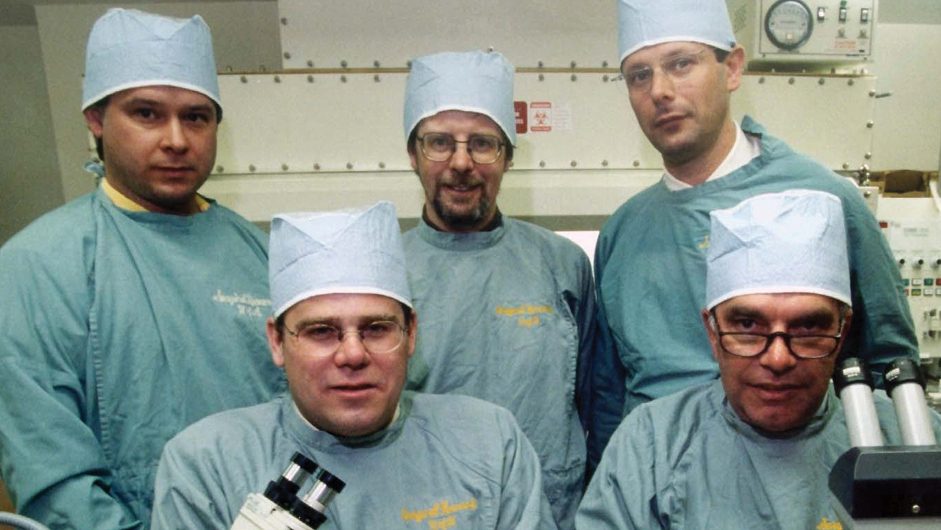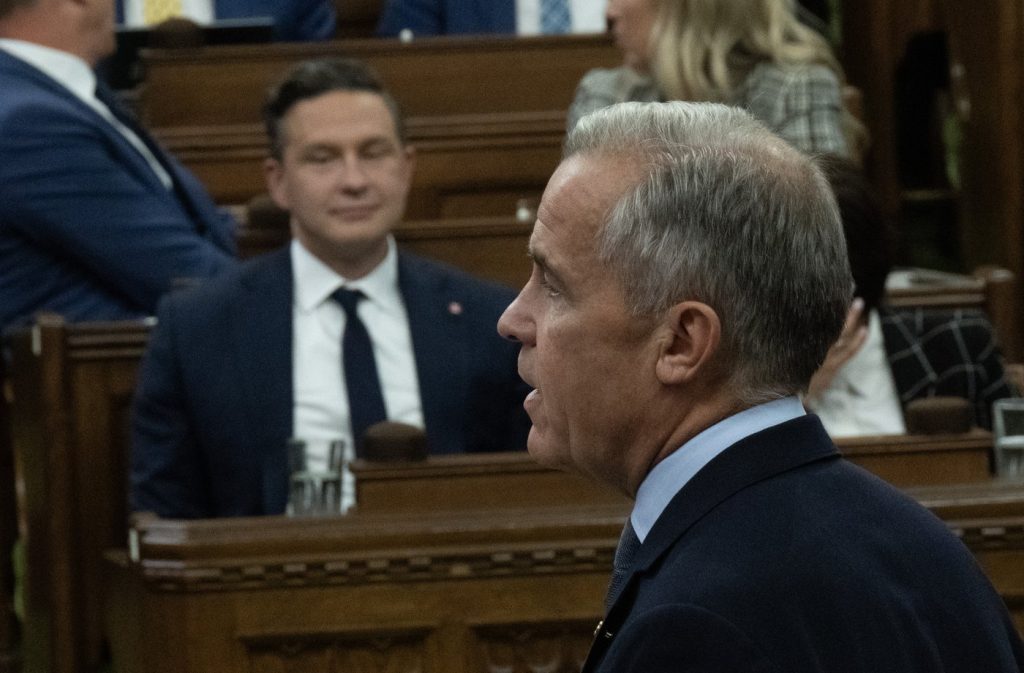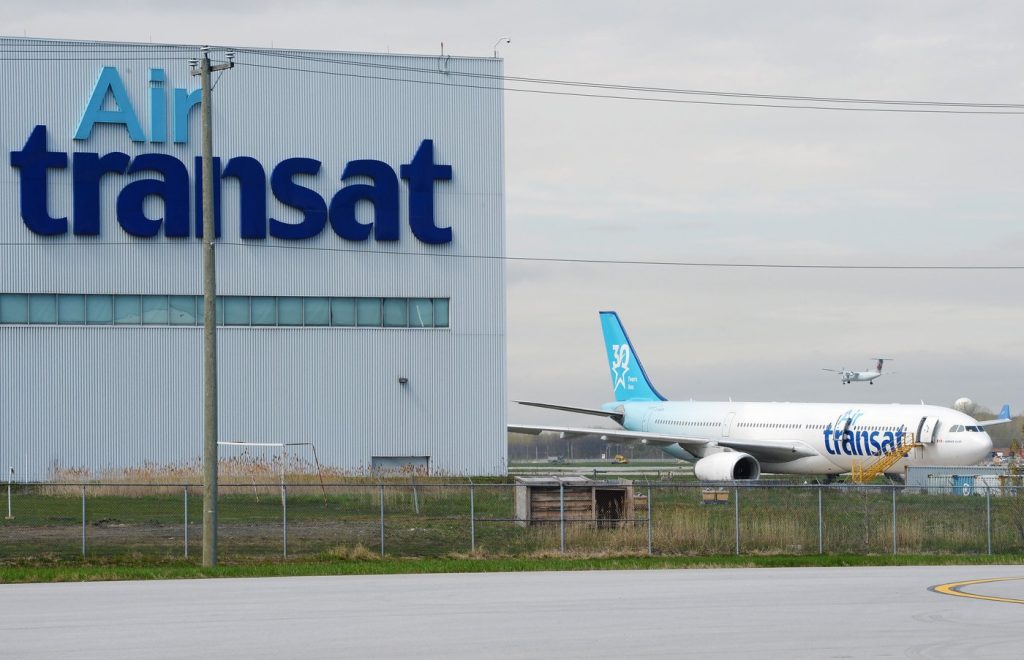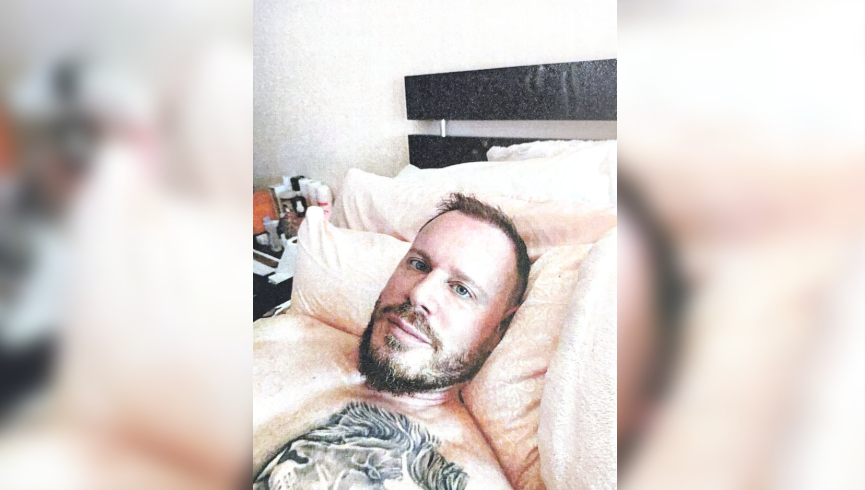U of A celebrates 25th anniversary of the Edmonton Protocol, advancing diabetes treatment

Posted June 5, 2025 5:08 pm.
Last Updated June 5, 2025 7:33 pm.
Verlyn Olsen has experienced terrifying moments since being diagnosed with type 1 diabetes in the 80s.
“Over time, it can certainly take your life,” said Olson. “My blood sugars were very volatile, I would pick myself off the floor in the middle of the night, having been in convulsions.”
Olsen’s life changed forever after undergoing a transplant known as the Edmonton Protocol — an important medical breakthrough celebrating its 25-year anniversary.
“It was almost like a miracle because I didn’t need any insulin at all after 30-some years of insulin injections,” said Olson.
In 2000, the Edmonton Protocol, exploring non-surgical transplants and anti-rejection drug combinations, was published, changing some diabetes treatments for those willing to live with immunosuppressant anti-rejection drugs for the rest of their lives.
Doctors can now transplant insulin-producing cells from a donor’s pancreas, which are then injected into the liver, stabilizing the patient’s blood sugar.
“The ability to no longer need insulin gave hope to many people around the world,” said Peter Senior, the director of the Alberta Diabetes Institue.
Before the team here at the University of Alberta unveiled what is widely known as the Edmonton Protocol, fewer than 300 people across the world had the operation.
Today, that number is over 3,000, including more than 300 here in Edmonton.
Dr. James Shapiro led the team behind the discovery. Looking back after 25 years, he’s filled with gratitude.
“I’m incredibly proud of this team, of the patients that are around here today that are enjoying the success and the transformation in their lives that they’ve experienced, but we’re not stopping there,” said Dr. Shapiro.
There is no cure for type 1 diabetes, and the transplant is only recommended for those whose disease is considered hard-to-control. Those who undergo the transplant still face a lifetime of challenges with immunosuppressant drugs.
But for Olson, the trade-off is worth it. Grateful he was in the right place at the right time.
“The best thing is I lived an hour away from the best place on the planet for this.”








